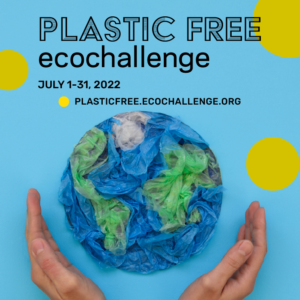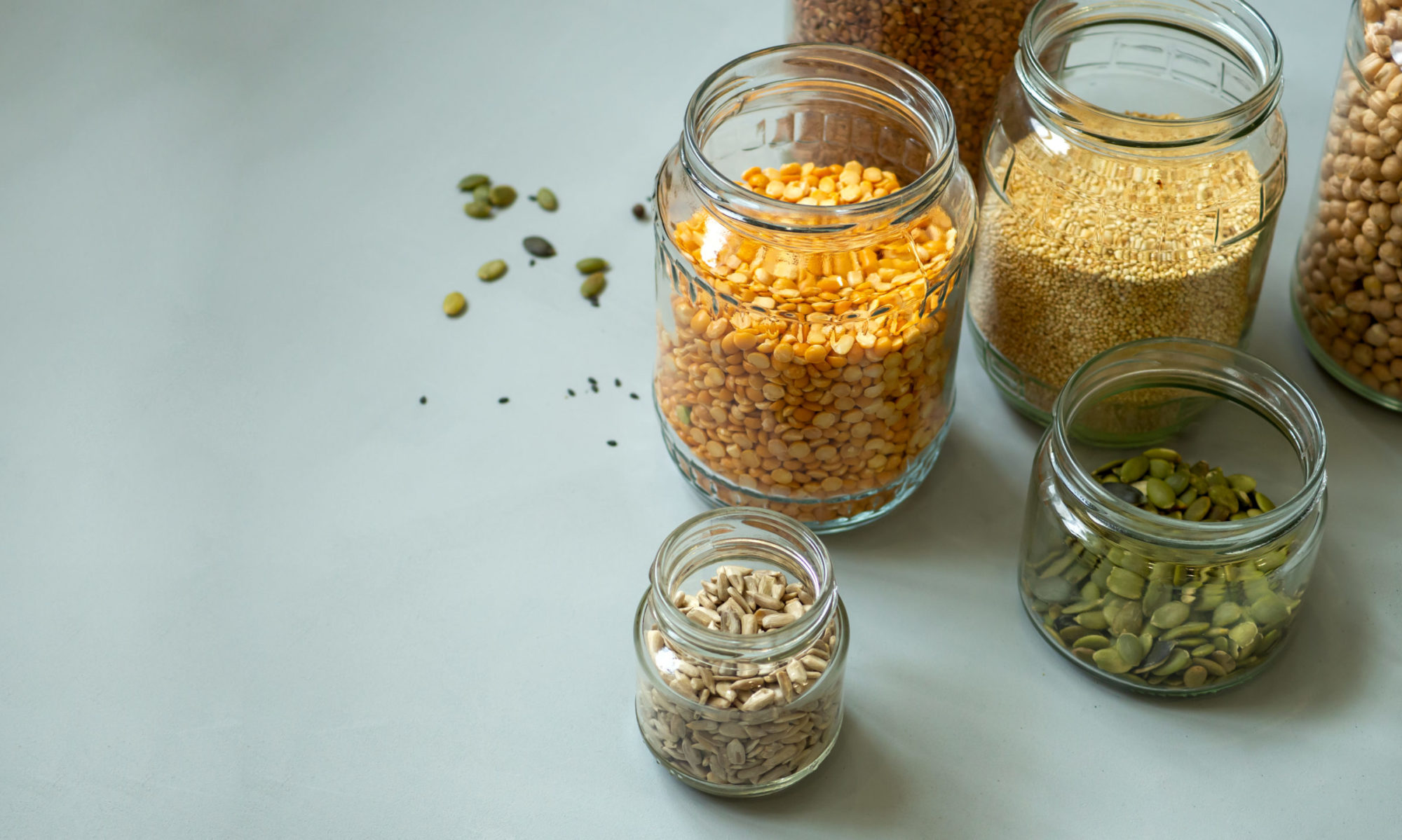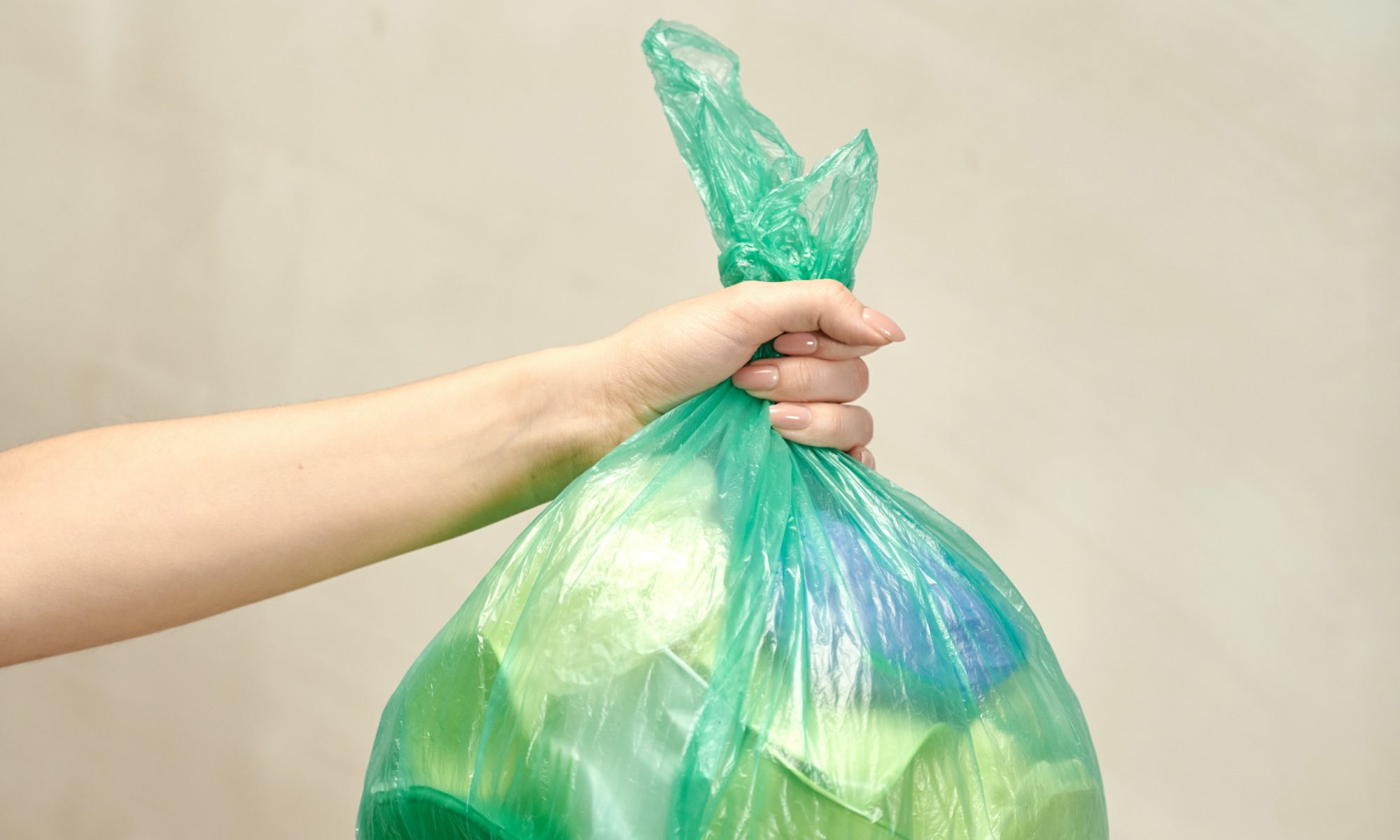It doesn’t seem that long ago that I wrote about 12 ways to live a more eco-friendly lifestyle and challenged you to pick one to focus on each month. Well somehow it’s JUNE and the Plastic Free EcoChallenge is coming up in July, so I thought to myself, what is the best way to prepare for the eco challenge?
A Trash Audit.
If your goal is to live closer to a zero-waste lifestyle, then the first thing you need to know is how much waste you’re currently creating. It’s true what they say — awareness is the first step. And also, you can’t manage what you don’t measure.
So how do you do a home trash audit? Start by picking a method.
Step 1: Choose Your Trash Audit Method
There are a few different methods for performing a trash audit, and while some may be more precise than others, just choose the one that sounds the best to you and that you’re most likely to actually do. Progress, not perfection!
The Full Inventory
This is where you truly get a piece by piece picture of every bit of waste you create. This can be done two ways:
- After the fact: On the day before trash day, head out into your yard or throw a tarp down and dump all your trash out. (Don’t do this on a windy day — we don’t need any accidental littering!)
Then you’ll simply write down and tally up every single item in there. If you’re not already composting — this is a great time to start, because digging through old food is absolutely no fun. You can also keep your “dry” trash separate from your “wet” trash for the week when you plan to do your audit.
Do this process with your recycling, too. While recycling is better than landfills, it’s not a perfect system and we can’t discount that this is still a form of “waste”.
WASTE AUDIT DIRECTIONS AND DATA SHEET – ZERO WASTE GAINESVILLE
- As it goes in: Instead of digging through old trash — cause, yeah… not really that fun — you can keep a clipboard or tape a sheet of paper over your garbage can and add or tally every item right when you throw it away. The trick here is you’ll need an easily accessible sheet for each of your garbage cans (don’t forget your bathroom trash!), your recycle bin, and your compost.
The advantage to this type of audit is that at the end of the week you’ll have a very detailed account of all of your trash. This lets you really understand exactly where it’s coming from and how to tackle curbing it.
Really short on time? Consider doing your audit by weight instead.
The Weight Method
Instead of identifying each individual item, this method just helps you get an idea of how much trash you’re creating.
If you have a luggage scale that can work, or just weigh yourself holding the garbage and subtract your own weight.
This method is very quick, so try weighing your landfill garbage, your recycling, and your compost for the week. Because this is a faster method, you can repeat it more often and challenge yourself to simply reduce the overall amount each week.
Step 2: Make an Action Plan
Once you know what you’re throwing away, you can create a precise plan for how to reduce the waste. For instance, if you see that a lot of your trash is food packaging, choose a few specific action steps to reduce that waste category.

That could look like:
- Challenging yourself to buy more whole fruits and vegetables that are unwrapped. Bring reusable bags if you’re used to bagging loose produce.
- Getting creative about how to use food scraps to prevent food waste. The less you throw out the less packaging you will buy.
- Shopping the bulk bins (or ordering at our refillery!) and bringing in your own reusable containers.
You get the idea.
Maybe you discover a large portion of your bathroom trash is cotton balls and you decide to try washable cotton pads. Or you realize you’re doing pretty well on waste until that time of the month comes along… (P.S. If you’re ready to ditch the single-use period products, check out my friend Stephanie’s menstrual cup manifesto: “‘Menstruation’ is Not a Dirty Word.”)
Keep At It
Whatever your action plan you settle on, write it down someplace that you can revisit regularly. The key is to try — give it a little focus every now and then, and you’ll be amazed how far you can come in a year. And don’t forget to celebrate your successes!
Looking for ideas to help you live waste-free, follow us on Instagram!
July Plastic Free EcoChallenge 2022 – Sign up today!
Follow up your trash audit!

Our local teaching zoo, Santa Fe College Teaching Zoo, invites you to take action and create plastic-free habits with us while we prioritize public health and safety as much as possible!
The Plastic Free Ecochallenge is a 31-day global challenge to reduce and refuse single-use plastics. Inspired by the Australian-founded initiative, Ecochallenge.org has partnered with the Columbus Zoo and Aquarium to help you discover, learn, and explore new ways to take care of wildlife and the world we all share.
Throughout the Ecochallenge, share your progress, success, and reflections with fellow Ecochallengers. The combination of collective inspiration, camaraderie, and friendly competition makes change a little easier — and a lot more fun!
Join an existing team or create your own – if you want to join the SF Teaching Zoo Zero Wasters team we are offering team members a discount at Life Unplastic all month long! Don’t worry, the challenge is hosted completely online, so you can participate – and take advantage of the discount 😉 from anywhere!


